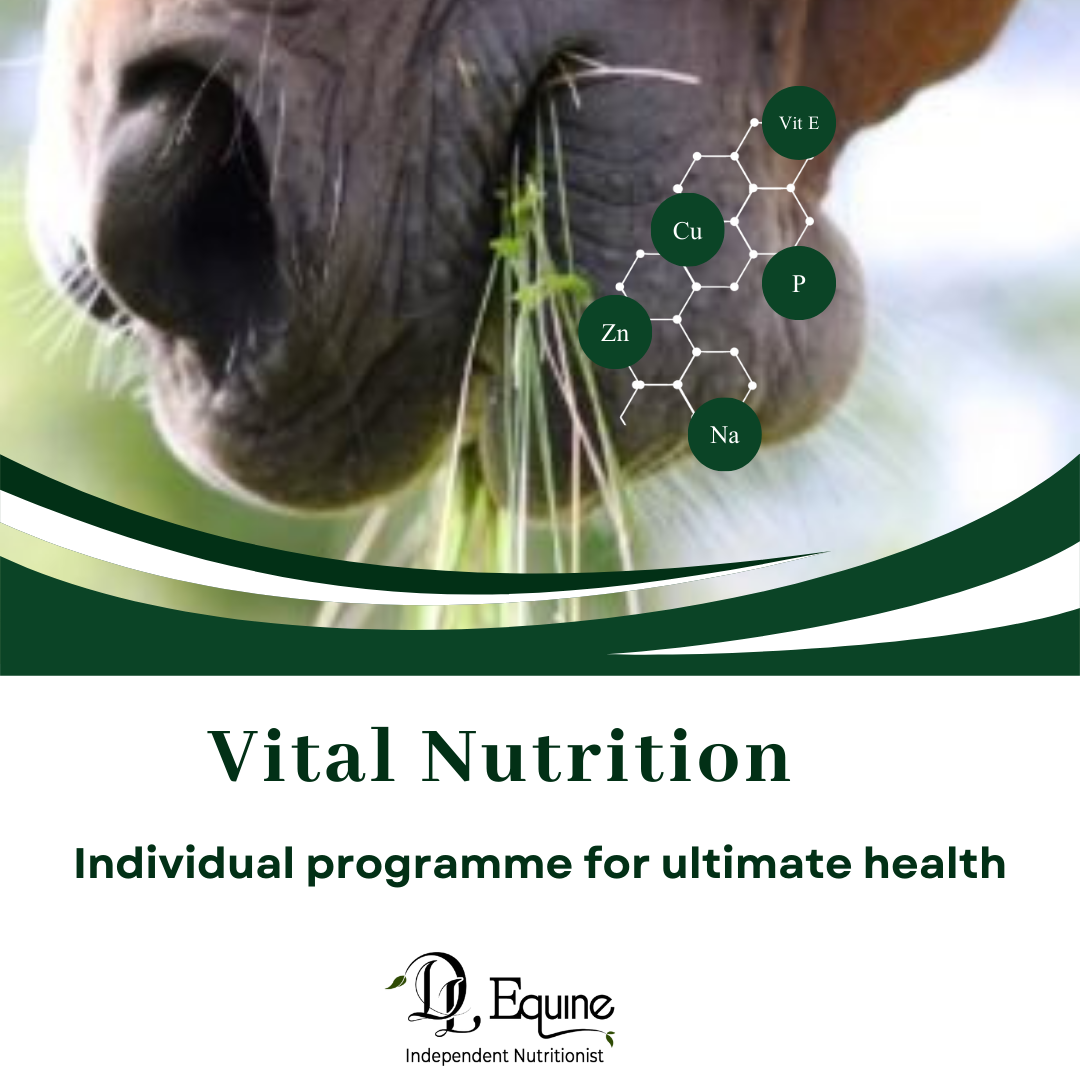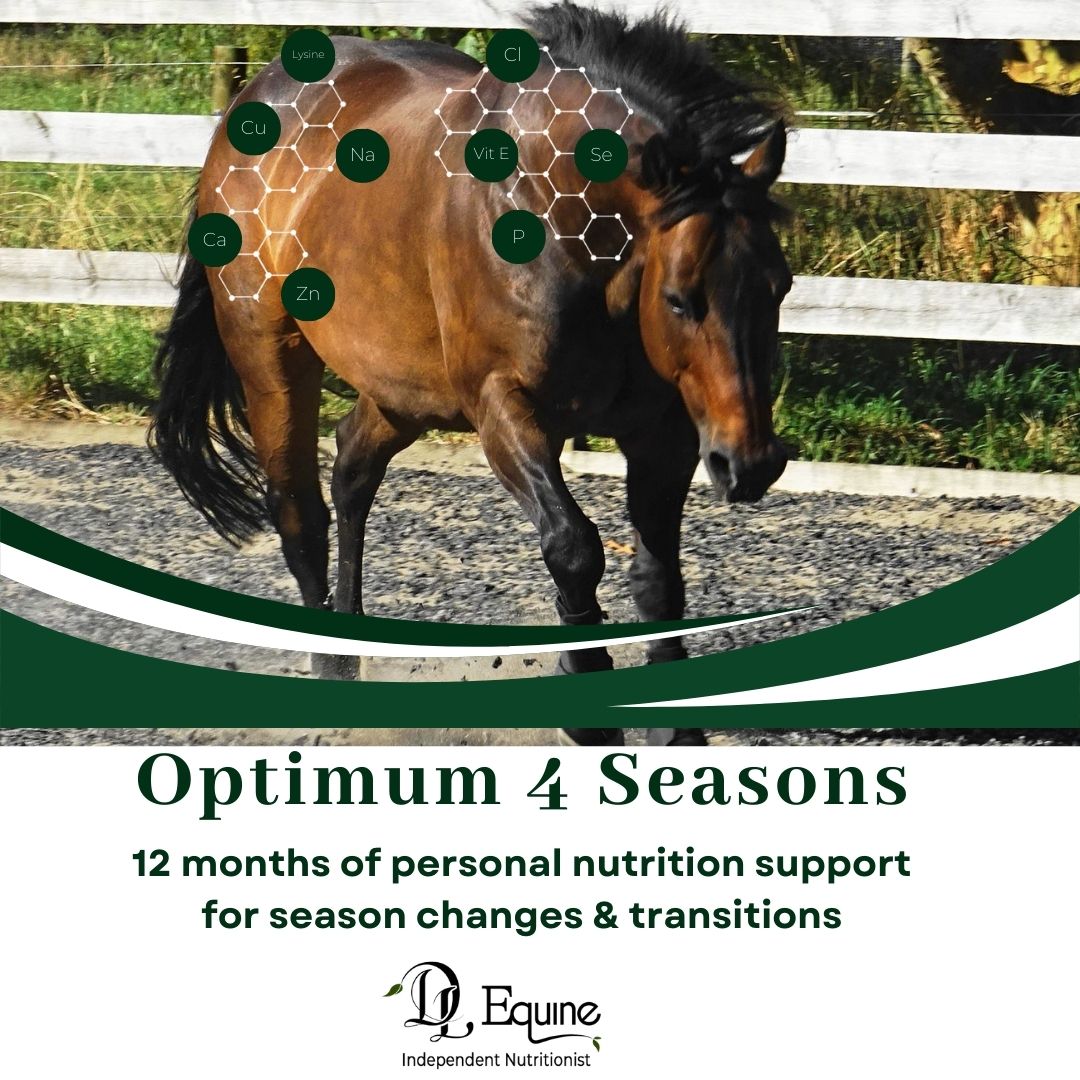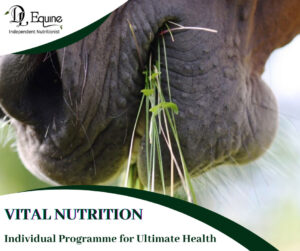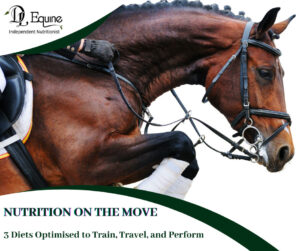It’s a phrase I use often and think of every single time I sit down the formulate a new diet for a horse.
What I mean by that is the horse has an incredibly long gastrointestinal tract, made up of so many integral parts like the mouth, stomach, small intestine, caecum, large colon, small colon and rectum.
A horse is called a “monogastric hind gut fermenter”.
What that actually means is the horse has a “bazillion or 10” (yup I made that word up but you get the picture) wee microbes hanging out in its hindgut (caecum, colon, etc). And by microbes, I mean – bacteria, fungi, and protozoa.
These microbes are the guys that have an extra special job in the horse of fermenting the fibre in the horse’s hindgut they produce volatile fatty acids (VFAs). These VFAs are absorbed and used by the horse as a source of energy.
So basically, these are the team of microbes you need to take extra special care of as they are in the end responsible for the horses’ overall health!
And the sad fact is they can be a really special sensitive bunch that overact at the slightest change – in feed or acidity or forage or mineral or…..pretty much everything.
I think of them as akin to easily riled up workers union, marching around with placards refusing to work and threatening to walk off the job if they dont like the working conditions in the gut!
= and wah laa we have colic, laminitis, weight loss, bad skin, bad coat, less than optimum performance.
The moral of the story is to give your horse’s gut lots of attention, give them the right working conditions and pay them in a ton of fibre and the result is “happy days” for your horse and you!
Dale Logan
BSc, Post Grad Dip, Equine Nutrition, Cert Animal Welfare Legislation, Cert Equine Herbal Medicine






